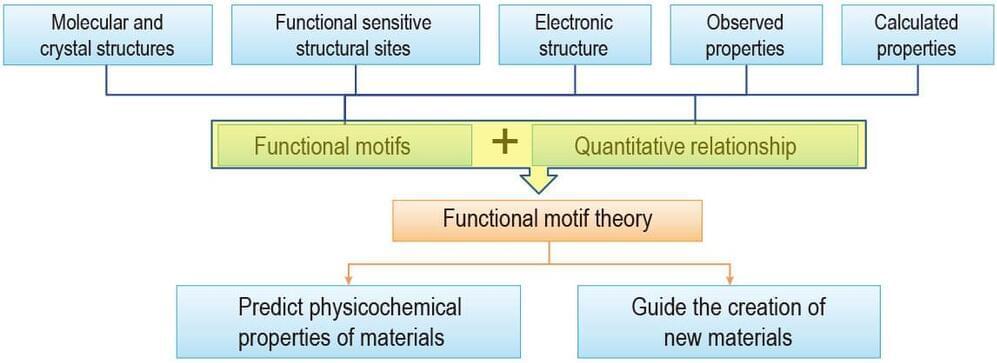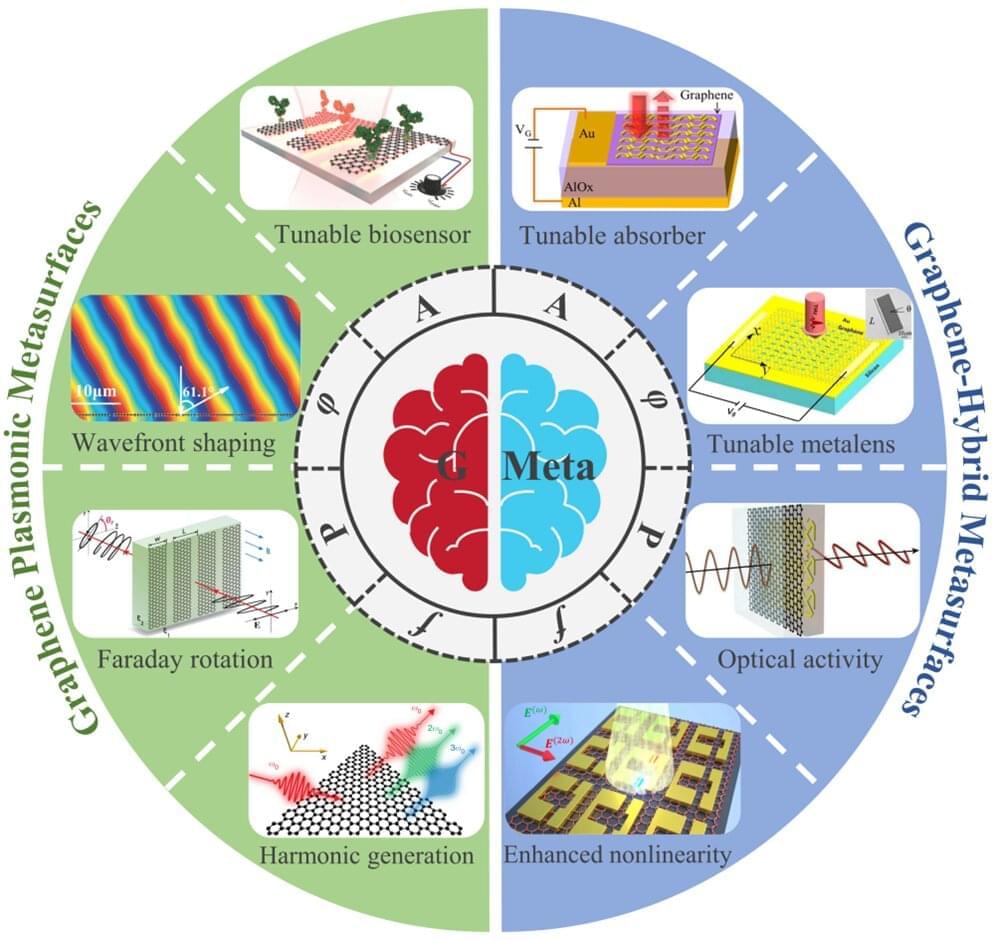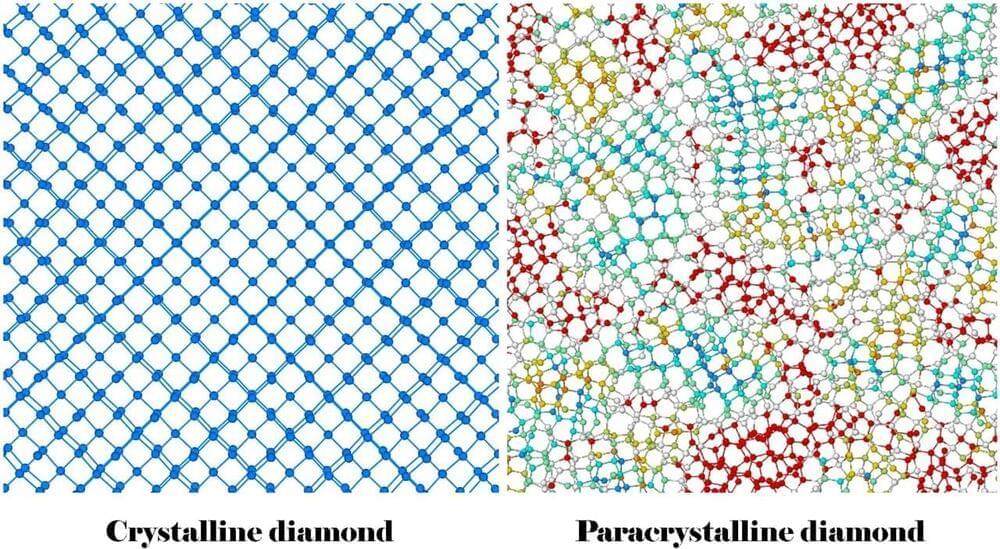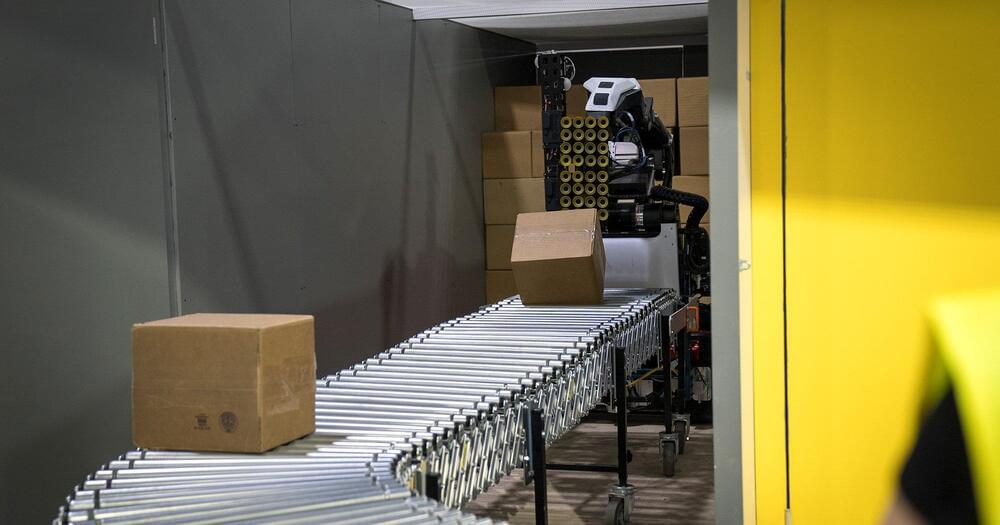May 18, 2022
The crucial role of functional motifs—microstructural units that govern material functions—in material research
Posted by Dan Breeden in categories: chemistry, materials
The traditional trial-and-error method in material research cannot meet the growing demand of various high performance materials, so developing a new effective paradigm of material science is extremely urgent. A study led by Dr. Xiao-Ming Jiang and Prof. Guo-Cong Guo (Fujian Institute of Research on the Structure of Matter, Chinese Academy of Sciences) proposes a new research paradigm for material studies based on the “functional motif” concept.
Functional motif was defined as the critical microstructure units (e.g., constituent components and building blocks) that play a decisive role in generating certain material functions. These units could not be replaced with other structure units without losing or significantly suppressing the relevant functions. The functional motif paradigm starts with the main aspects of microscopic structures and the properties of materials. On the basis of this understanding, the functional motifs governing the material properties can be extracted and the quantitative relationships between them can be investigated, and the results could be further developed as the “functional motif theory.” The latter should be useful as a guideline for creating new materials and as a tool for predicting the physicochemical properties of materials.
The properties of materials are determined by their functional motifs and how they are arranged in the materials, with the latter determining the quantitative structure–property relationships. Uncovering the functional motifs and their arrangements is crucial in understanding the properties of materials, and the functional motif exploration enables the rational design of new materials with desired properties.


















